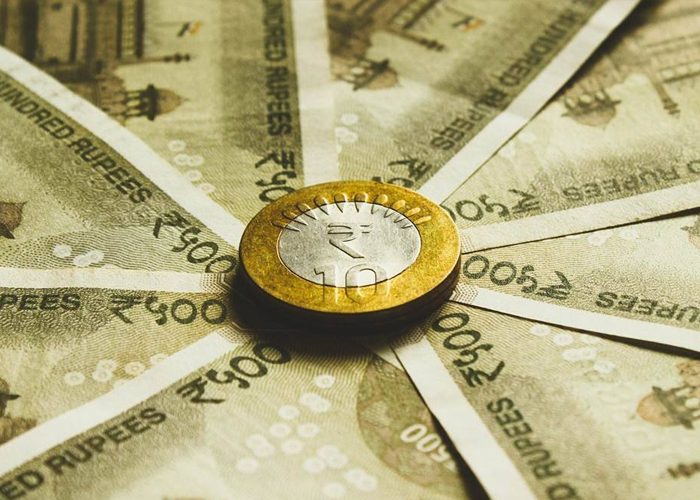
Weaker Rupee and Higher Policy Rate- A Way to Restore External Balances
Weaker rupee could be the “optimal” policy response to restore the country’s external balances!
The RBI’s rate tightening alongside a weaker rupee could be the “optimal” policy response to restore the country’s external balances, HSBC Securities said in a note on Friday. “While the RBI started hiking rates in May 2022, it was only in September that it moved to a two-pronged strategy of higher rates and a weaker rupee,” said Pranjul Bhandari, chief economist at HSBC Securities and Capital Markets (India).
The Indian rupee has been on a downward spiral for the last few days and on Wednesday as it hit a record low of 79.03 against the US dollar. This has sparked a debate among analysts about whether the domestic currency could see further decline amid weak fundamentals. The rupee is down nearly 6 percent since January this year. However, on Thursday, it managed to recover from its record low after gaining 13 paise to hit 78.90 against the dollar. Now, this is a double whammy for the common man with the country reeling under high inflation and the prices of everyday items drastically going up.
Union Finance Minister Nirmala Sitharaman, however, recently said that the Indian currency is relatively better placed than other global currencies against the greenback.
Data Says it All
On 7th July, a front-page story in The Economic Times pointed out that almost US$268bn (billion) worth of external debt is due for repayment in the next nine months and contextualized this number as about 44% of India’s foreign exchange reserves. The article opined that the rupee was clearly headed for a fall. The article was not wrong; the rupee is, indeed, headed lower; but not for the reasons cited in the piece. In fact, almost all of the short-term debt within the US$268 billion is trade money which will be rolled over. We need to dig deeper for the answer.
There has been much ignorant chatter about the need for a strong rupee reflecting the status of India, ignoring the tried and tested, export-led, weak currency strategy that has been hugely successful for Japan and the East Asian Tigers. Be that as it may, let us first understand that the INR-US dollar exchange rate is nothing but the price of the US dollar in terms of the rupee, not materially different from the price of a masala dosa or a ras malai. And like all prices, it is fundamentally determined by the forces of demand and supply, with some allowances for events that impact the local or global economy like the Russian invasion of Ukraine and resultant trade sanctions.
Why Is Rupee Falling?
The value of the Indian rupee to the US Dollar works on a demand-and-supply basis. If there is a higher demand for the US Dollar, the value of the Indian rupee depreciates and vice-versa.
If a country imports more than it exports, then the demand for the dollar will be higher than the supply and the domestic currency like Rupee in India will depreciate against the dollar.
The rupee’s fall these days is mainly due to high crude oil prices, a strong dollar overseas, and foreign capital outflows.
The rupee has been on the decline since early this year, especially after supply chain disruptions in view of the Russia-Ukraine war, global economic challenges, inflation, and high crude oil prices, among other issues.
Besides, there have been heavy foreign fund outflows from the domestic markets as foreign institutional investors (FIIs) have sold shares worth US$28.4 billion so far this year, outstripping the US$11.8-billion sell-off seen during the Global Financial Crisis of 2008. The rupee has depreciated 5.9 percent versus the dollar so far this calendar year.
As money flows out of India, the rupee-dollar exchange rate gets impacted, depreciating the rupee. Such depreciation puts considerable pressure on the already high import prices of crude and raw materials, paving the path for higher imported inflation and production costs besides higher retail inflation
Weaker Rupee











